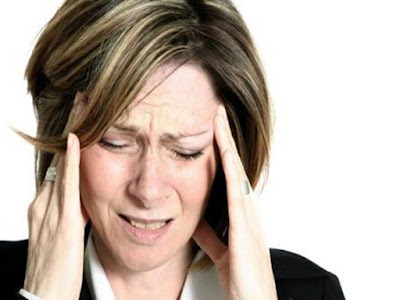Stones of the Kidney, Ureter and Bladder

Stones in the urinary tract are common. Often these do not produce symptoms and are detected accidentally. Some of the conditions causing stones are genetic in nature. Recurrence of these stones is common, although difficult to diagnose correctly but if not treated in time may lead to permanent damage to the kidney. Recurrent stone disease should always be investigated thoroughly to find out the underlying cause. Investigations Involve Analysis of the stone if it has been passed spontaneously or removed surgically. Urine routine examination to look for crystals of oxalates, uric acid, cystine or other salts. Blood tests are done for levels of calcium, uric acid, oxalate, acid content, phosphorus, magnesium, parathormone levels etc. Kidney function also needs to be evaluated at the time. X Rays are carried out to know whether the stones are radioopaque (seen on X Rays) or radiolucent (seen only on USG). Urine tests are done to know specific gravity, acidity, calcium ex





